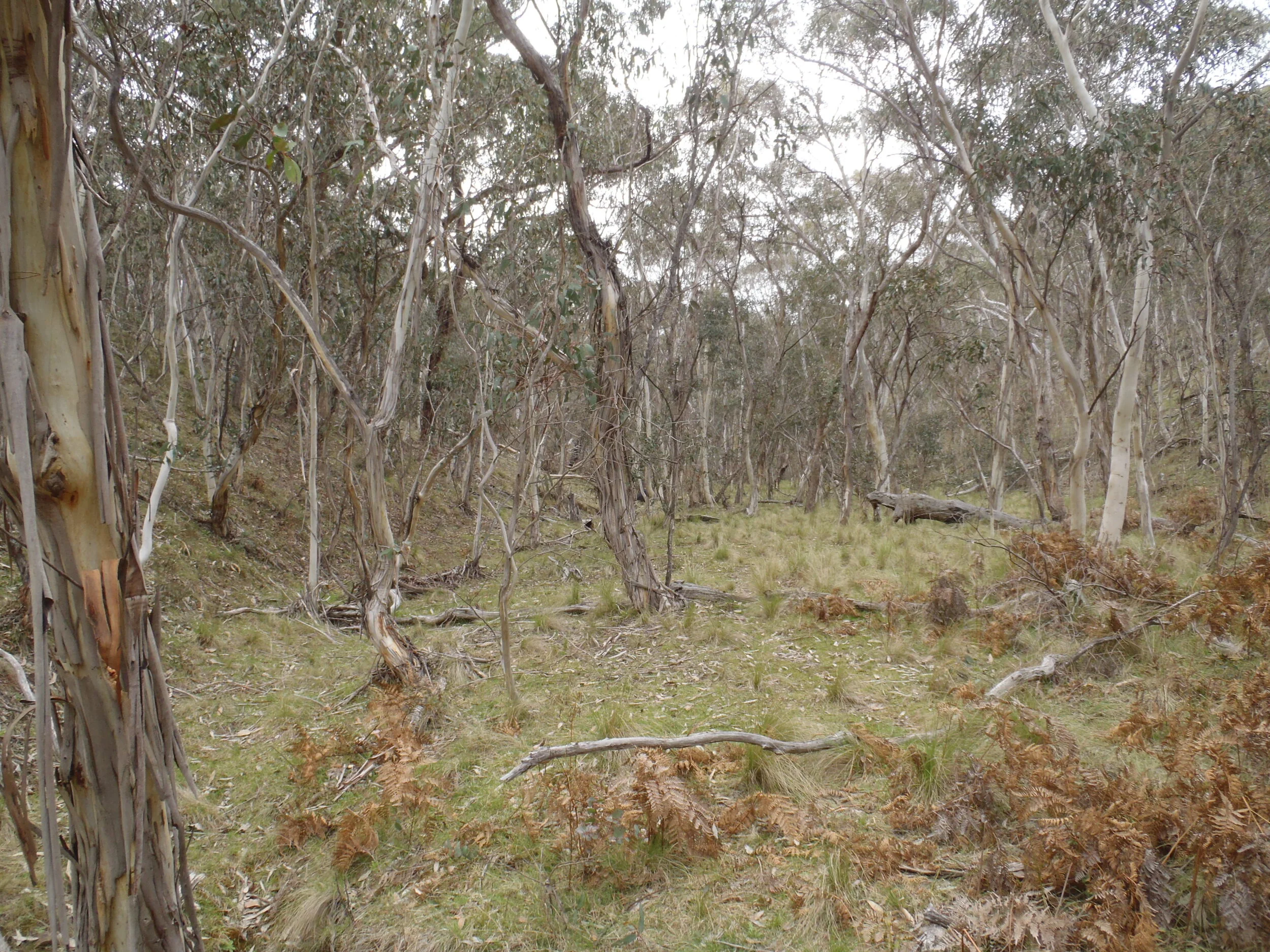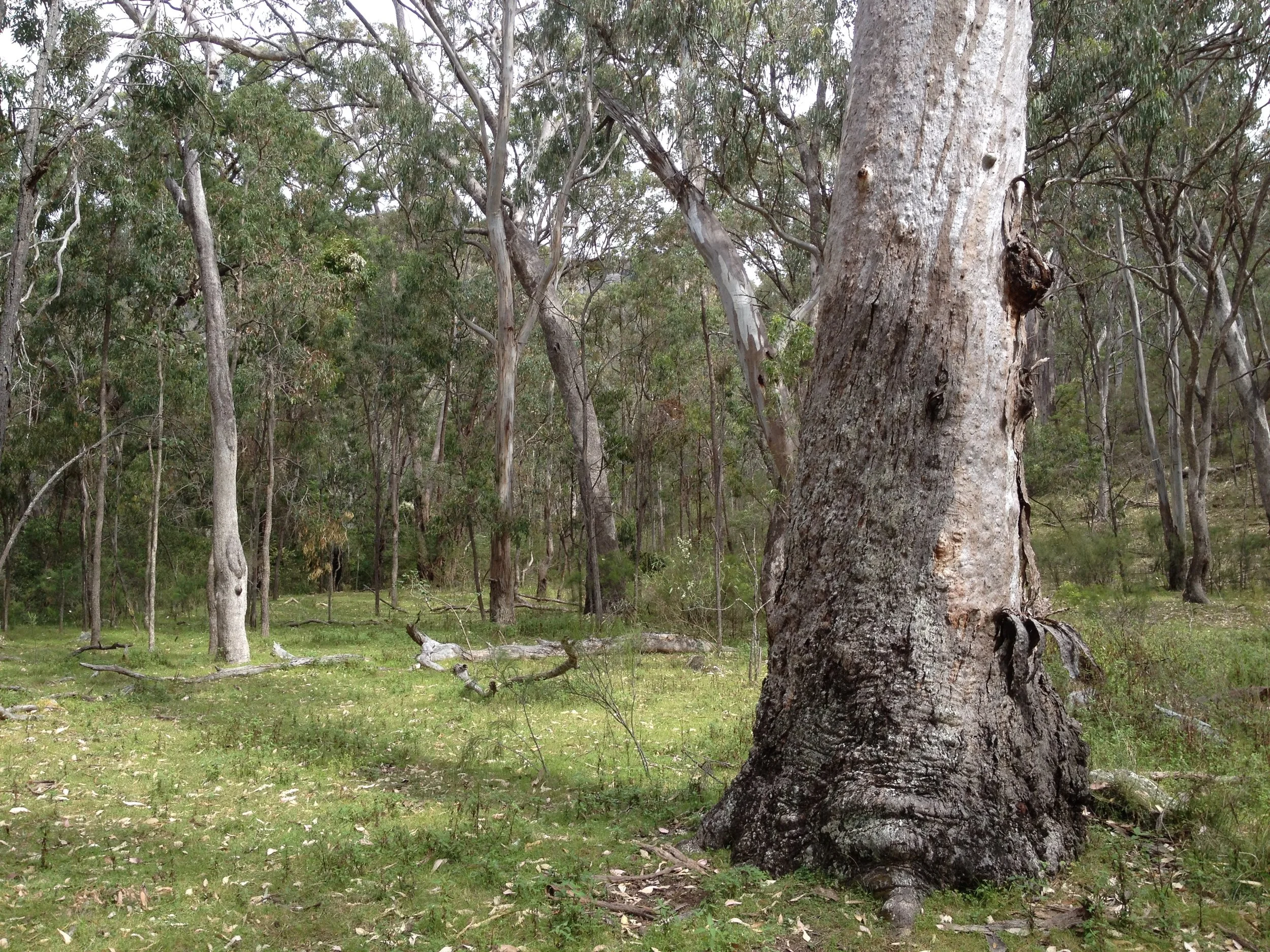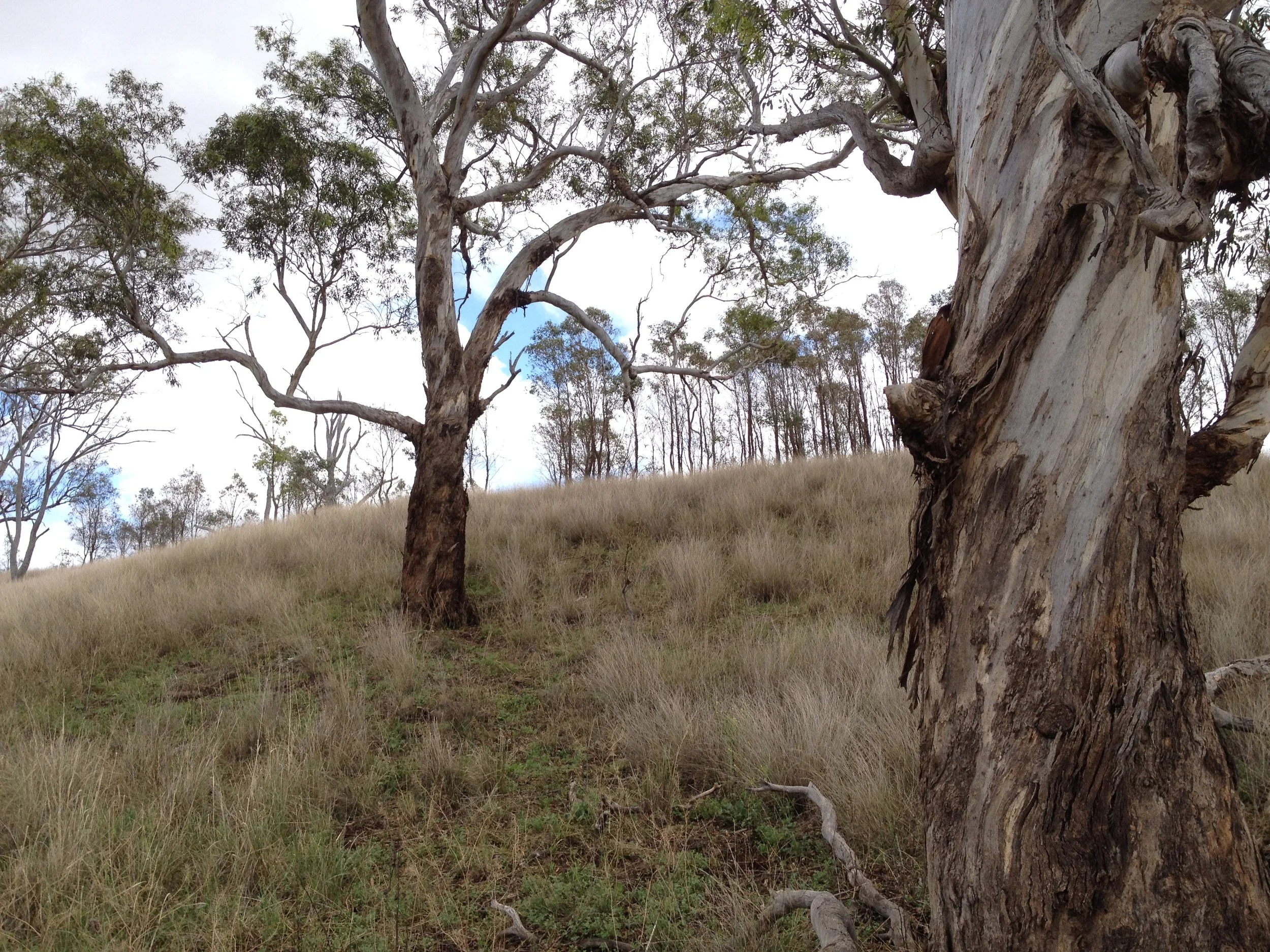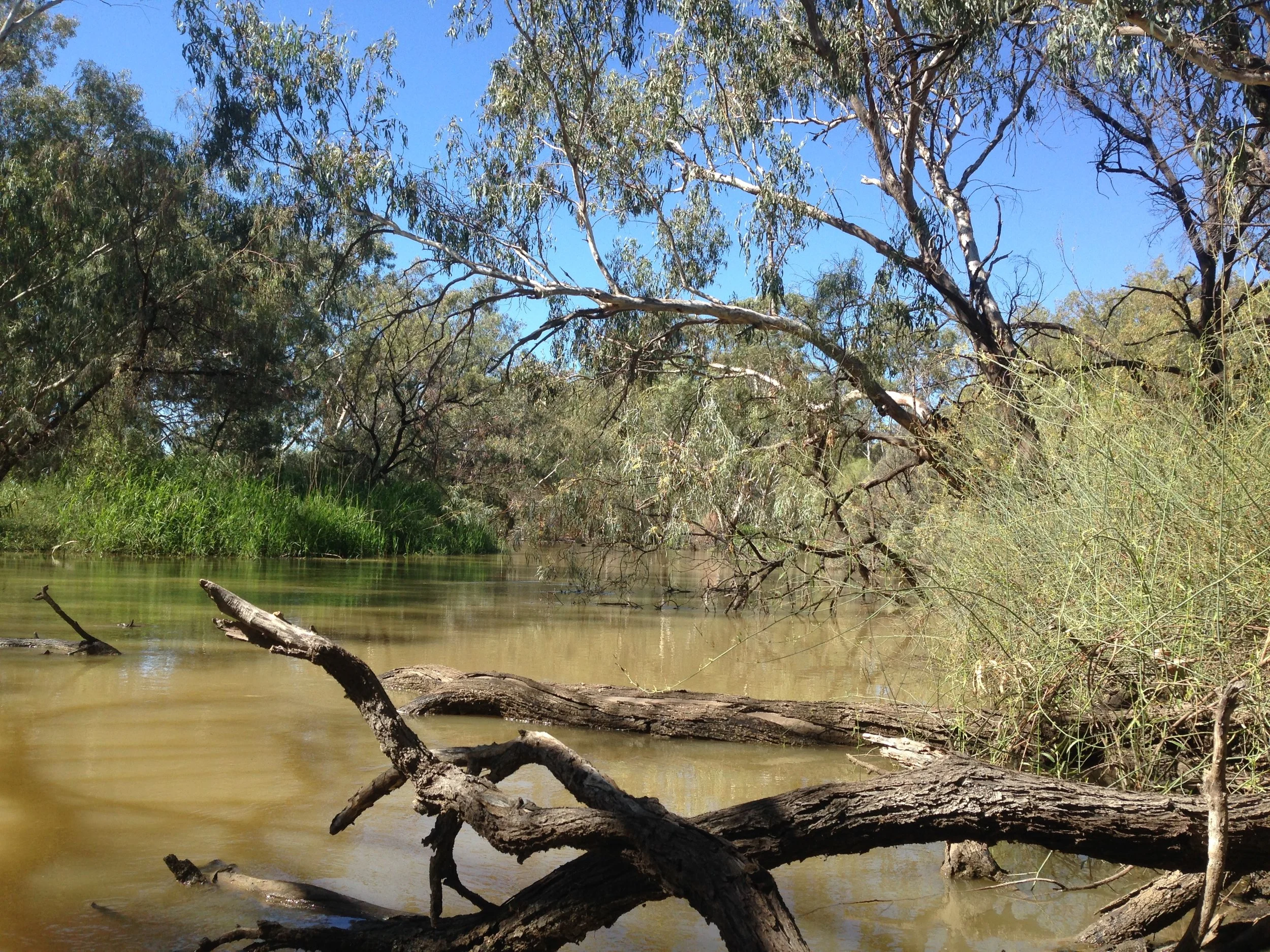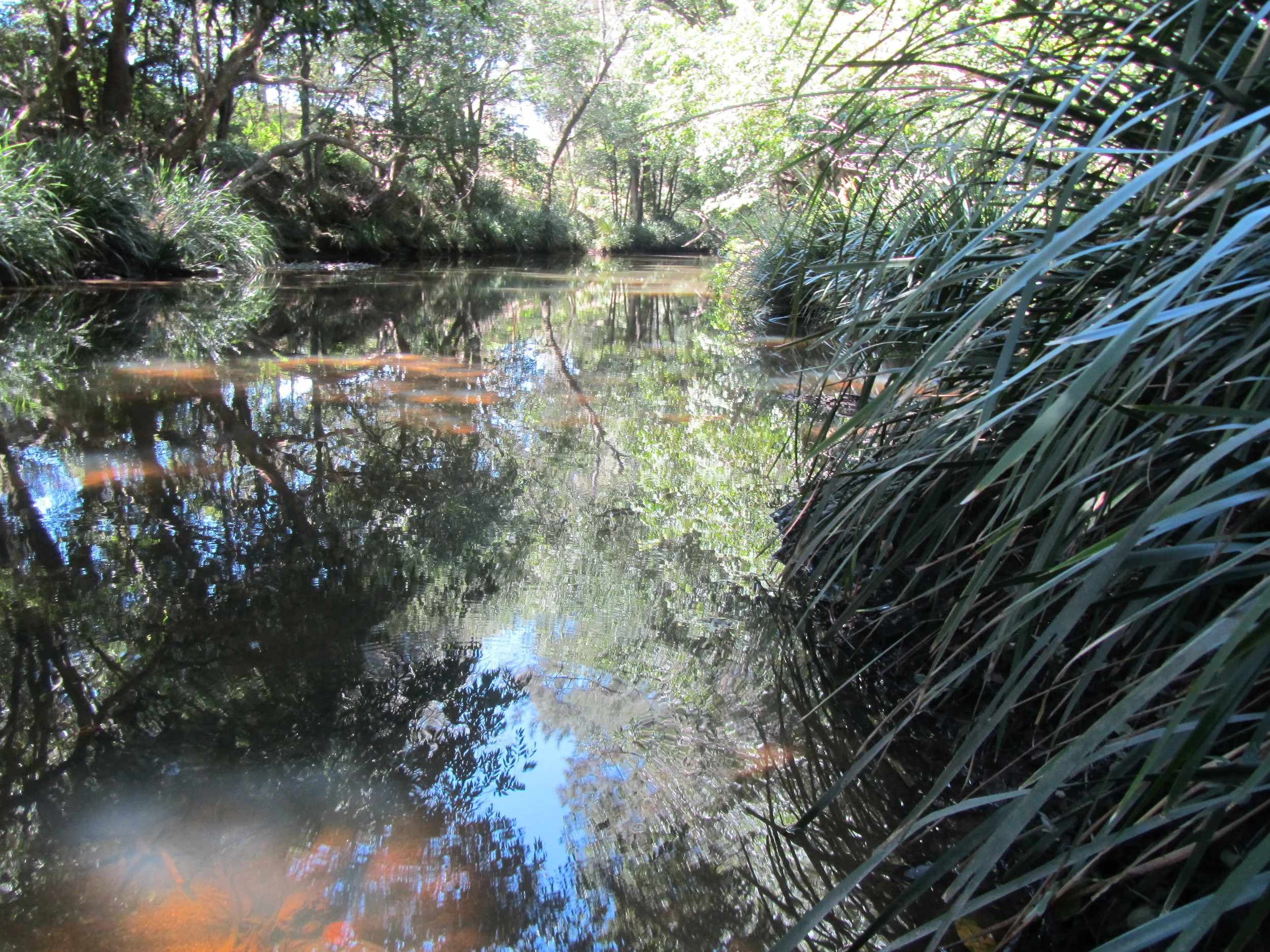Temperate grassy ecosystems are one of the most threatened terrestrial ecosystems in Australia. Since European settlement grassy ecosystems have been cleared and modified by farming practices, which continue today. Many restoration projects have been initiated using fencing as a first-step or stand-alone management tool in a bid to preserve and restore species composition and ecosystem function. Despite this restoration activity, few studies evaluate how sites respond following livestock exclusion and results are equivocal. This study aims to fill important knowledge gaps on the effectiveness of fencing as a tool in restoring temperate grassy woodlands of NSW.
This space-for-time comparative study uses cross fence-line contrasts of paired fenced and unfenced plots spanning a chronosequence of 1-17 years of livestock exclusion to evaluate how well empirical models predict vegetation response. Species richness and abundances were fitted as a function of fencing age using simple linear regression models. Support for the ‘null model’ was found. Under this model the grazed system shows limited recovery after fencing to exclude livestock grazing and no consistent trend was found in species richness, abundance or composition with fencing age.
The same paired sites were explicitly matched to nearby reference woodlands to ascertain whether livestock exclusion initiates convergence towards reference woodland states. Livestock exclusion resulted in weak compositional convergence towards reference woodlands, but this was not explained by livestock exclusion time. Topsoil chemistry properties also did not converge towards reference states with livestock-exclusion-time. Degree of degradation of initial state did not explain the degree of compositional divergence of fenced from unfenced plots. Initial state also did not explain soil condition divergence of fenced from unfenced and convergence of fenced towards reference states.
The findings highlight the importance of site selection. Thus, knowing site history and management practices when selecting degraded woodlands as restoration sites is crucial. Merely relying on time after fencing to restore degraded woodlands appears inadequate, as fencing alone appears to be insufficient to restore woodland communities floristically and environmentally for at least the first 17 years of exclusion. To improve fencing outcomes supplementary management such as re-introducing propagules of lost species, weed control and soil amelioration need to be employed additionally to livestock exclusion.

